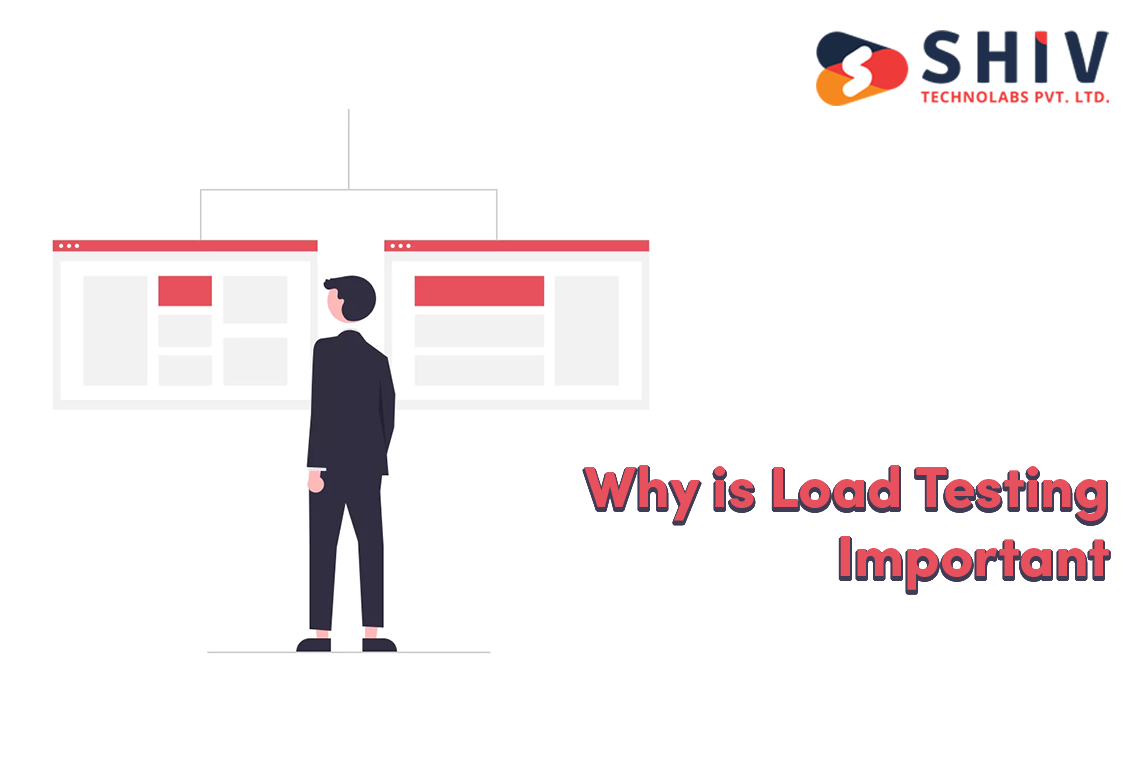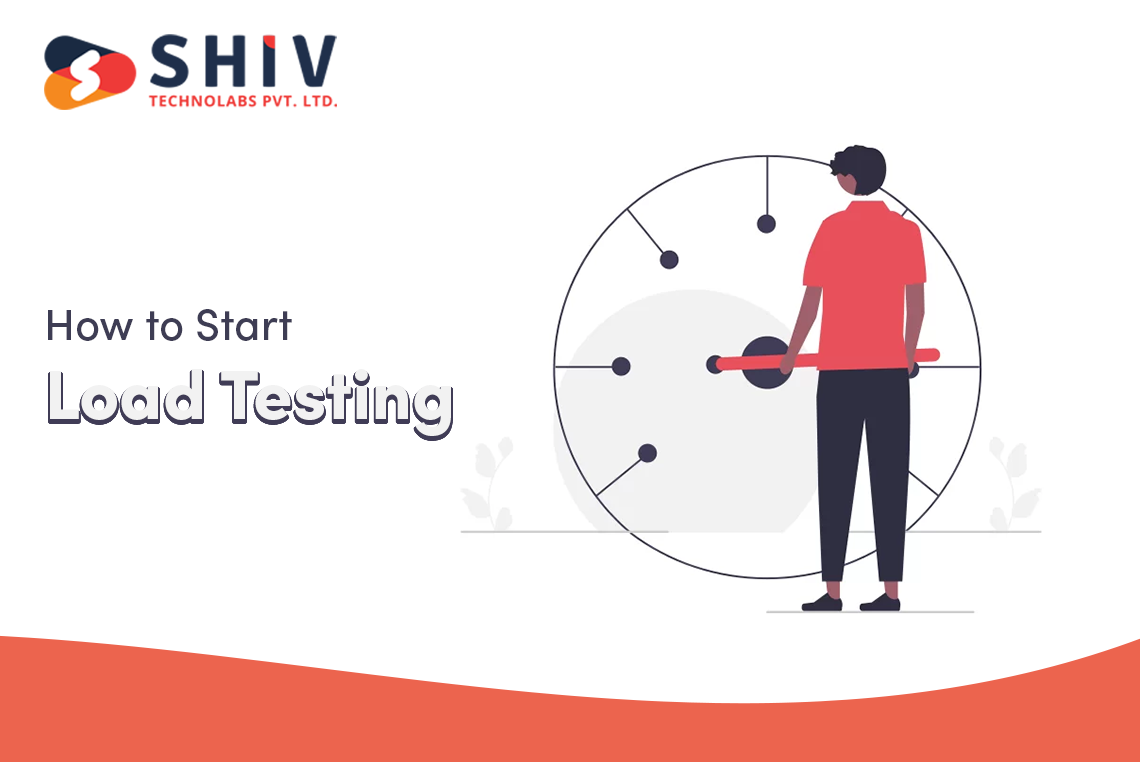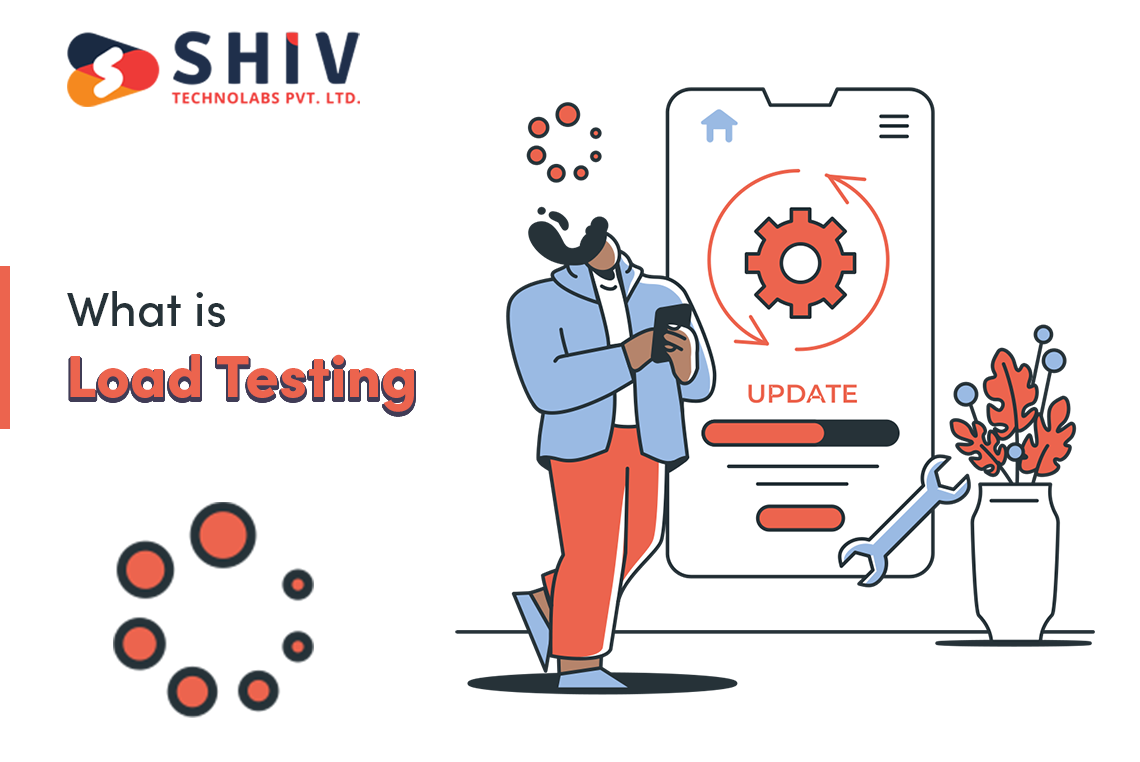Table of Contents
Why is Load Testing Important?

Load testing is important for several reasons, as it helps ensure that a software application can perform effectively and reliably under expected and unexpected levels of user demand. Here are some key reasons why load testing is important:
# Load Testing Simulates Real User Scenarios
While testing the application under a load, tester needs will simulate how it will perform when multiple users visit it in real-time.
It is possible that the application will perform well for one user at the time of functional testing but for other uses it might degrade the performance due to lack of system resources.
It is always better to understand, analyze & fix bugs initially so that there will no issue cause in real-time.
# Code Change Could Affect The Performance Of The Application
No matter how many times your code is getting modified, you need to perform Load Testing Services after each change in code so that system’s ability to manage the load will not get affected.
You can run an automated load test as part of a continuous integration cycle so that the end-user will not get surprised by the system’s performance.
# Load Testing Saves Money And Indirectly Generates Revenue
Hiring testers to do load tests will cost you much more including tools but the cost of a website that crashes in real-time is even more expensive for your project.
# How to Start Load Testing?

In early days it is not that easy to start with a load testing for any application but today you can skip the whole traditional process such as creating a realistic scenario, scripting a test, replaying a test and on instead you can now focus on the quality of the testing process as per app requirement.
# Test Environment Setup
Here the load test environment is being set up. It should be set up as close to the production environment as possible in several terms such as networks, hardware, particular software, and many more.
# Define Performance Criteria
On the basis of performance criteria, the success criteria are finalized that include response time, transactions, and great results as an output and many more.
# Planning The Test
Planning the test involves a clear defined load test plan development & set up the test environment.
# Creation Of Virtual Users (V-user)
V-user scripts contain various tasks performed by every v-user. The V-user creation tasks performed could be easily measured as transactions.
# Creation Of Scenarios
While doing a testing session, the scenario is a combination of machines, v-users, & scripts that runs as per process. It is created with the Loadrunner controller and there are two types of scenarios such as goal-oriented, manual.
# Running The Scenario
Before running the scenario, you need to be set up a configuration & scheduling. The load on the server is emulated by running multiple v-user to perform the task simultaneously and you can also easily run the entire scenario, individuals & groups of v-users.
# Monitoring The Scenario
The Loadrunner online monitors are used for monitoring scenarios like system resources, network delay, run-time transactions, web resources, and many more.
# Analyzing Test Results
It is the most important load testing process that analyzed the performance bottlenecks using graphs & reports generated during scenario execution. It can also be repeated after fixing issues identified in the load test.
# Types of Load Testing Tools
As we have discussed above that load testing can have two types of manuals and by using automated testing tools.
# Load Testing Performed Manually
Manual load testing cannot provide enough stress on the application, and it could be very expensive for you as it requires a lot of manpower.
Load testing tools developed within the company.
You can build your own propriety tools to perform load testing on your applications.
# Load Testing Tools (Open Source)
The open-source load testing tools are free of charge but support a limited number of protocols and the most common use tool us Jmeter.
# Licensed Load Testing Tools (Enterprise)
Licensed load testing tools support multiple protocols so that you can perform the load testing in many different types of apps like CRM/ERP, Streaming Media, and many more.
They can easily mimic a lot of virtual users, LoadRunner is the most common used licensed load testing tool.
# Advantages of Load Testing
- Load testing can easily identify the issues related to performance & bottlenecks before production.
- It reduces the cost of failure and increase the customer satisfaction.
- Load testing provides a scalable improved system in terms of network, database, and software.
- It has the minimize risk related with downtime of the application and you can Hire Load Testing experts for getting more accurate results.
# What is Load Testing?
It is a type of non-Functional Testing or Software Testing that is conducted to understand the behavior of apps under a specific expected load. It is performed to determine the behavior of a system under both normal & peak conditions.
It is one of the performance testing that determines the performance of the system in real-time load conditions. Particularly it is used to ensure that the apps perform better when multiple users try to access it at the same time.
Summing-Up
From above discussion we have seen that understanding what tool is better for your workflow is important. You can simply make sure that a software app can endure the user request by opting for Load Testing Company and actions are likely to encounter in ordinary situations, that’s why load testing is the right method for your task workflow.

















